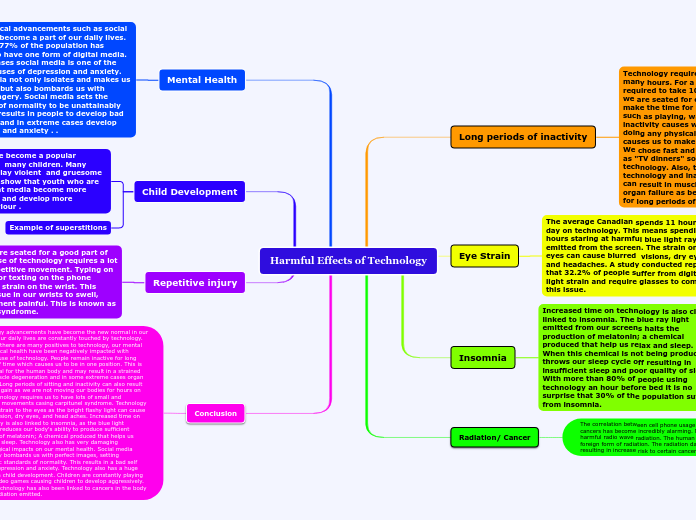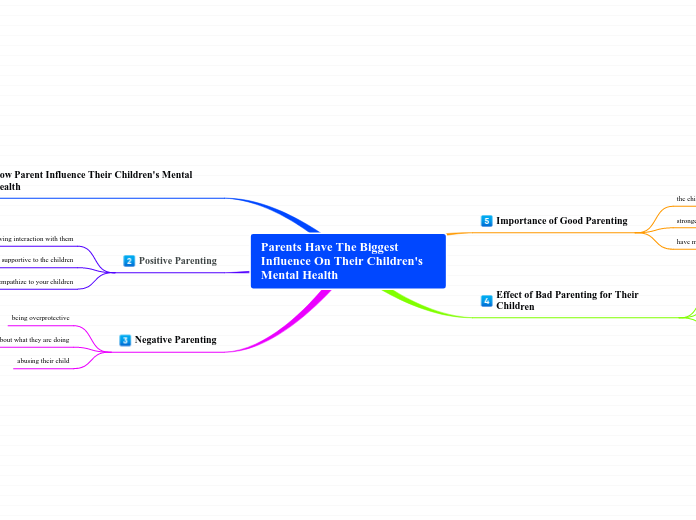von Valerie Kieliszewski Vor 8 Jahren
355
what are the causes and effects depression?
Depression encompasses various types, each with distinct characteristics and triggers. Melancholia is a severe form manifesting with physical symptoms and slowed movement. Substance-induced mood disorders stem from substance abuse, causing manic, depressive, or mixed states.









